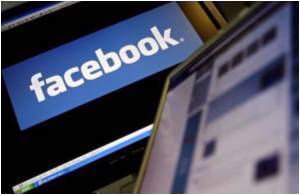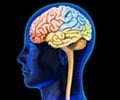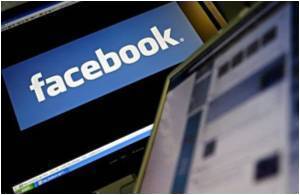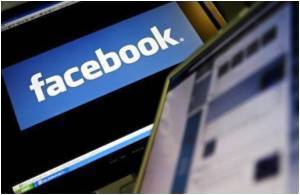The size of some areas of brain correlate to the number of friends people have on Facebook - an online social networking site, reveals study.

The three locations are all linked with the power to socialise.
The superior temporal sulcus and middle temporal gyrus, "are associated with social perception such as perceiving other people's gaze or social cues from facial expressions", said University College London researcher Ryota Kanai.
The third area, the entorhinal complex, "might be associated with memory for faces and names", he said.
Two years ago, Oxford University neuroscientist Susan Greenfield unleashed a storm about online networking and its impact on the young.
"The mid-21st century mind might almost be infantilised, characterised by short attention spans, sensationalism, inability to empathise and a shaky sense of identity," Greenfield warned in a speech to Britain's House of Lords.
Advertisement
Among them: whether the size of the socialising area of the brain leads one to create more friends -- and whether this area is changed by online social networks... or not at all. Only further work would resolve this cause-or-effect riddle, he said.
Advertisement
Rees's team enrolled 125 students, 46 of them men, whose average age was 23.
Their Facebook friends varied in number from just several to nearly 1,000. Averaged out, this meant around 300 friends per volunteer.
These results were then checked, to monitor for any bias, in a separate sample of 40 volunteers.
In a third experiment, the scientists looked more closely at a sub-sample of 65 of volunteers to see whether there was a link between the online world and real world in brain structure.
In addition to undergoing brain scan, this group also filled out a questionnaire about their friends in the real world.
Matching the tally of real-world friendships with that of online friendships, the scientists found only one correlation in brain matter.
This was in an area called the bilateral amygdala, which is believed to process and store memories of emotional events.
There was no such association in the three brain areas -- the superior temporal sulcus, middle temporal gyrus or entorhinal complex -- that had been highlighted in the first experiment.
Rees said this was curious. It could mean that different areas of the brain are used for different forms of socialising.
Previous research has established that the brain is a flexible organ.
If someone learns a particular motor skill -- for example, if they learn to juggle -- then the grey matter in the motor cortex, which controls muscles, becomes thicker.
But bigger does not necessarily mean better, said Rees.
"There are also examples of the other way around, where more grey matter is associated with more distractibility, in trying to concentrate on a particular task.
"So we don't know yet the exact relationship, whether more (grey matter with online networking) is good or not, and we don't know yet the exact cellular constituents, the exact type of nerve cell and what exactly is happening. That's really for future research."
Source-AFP













